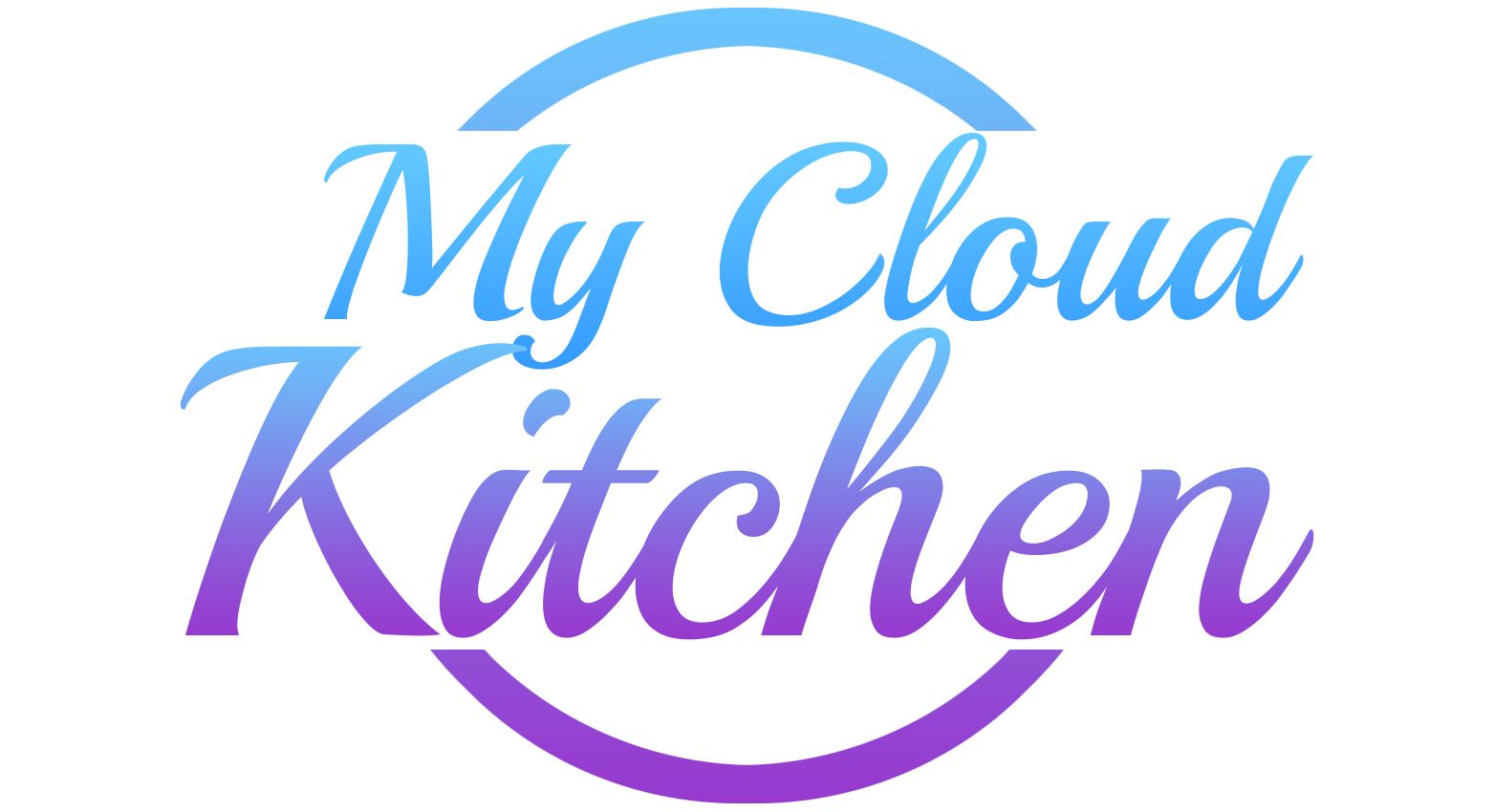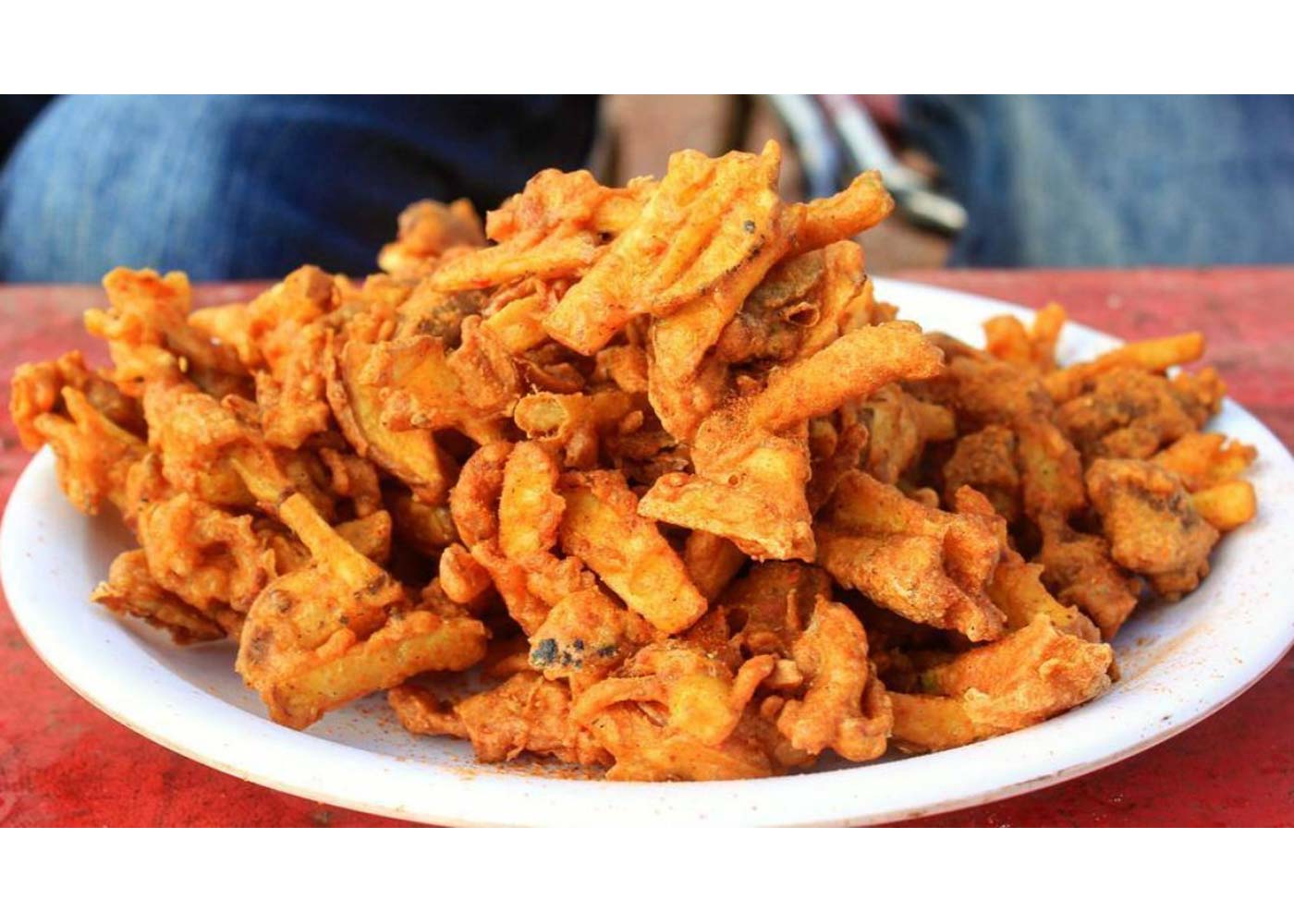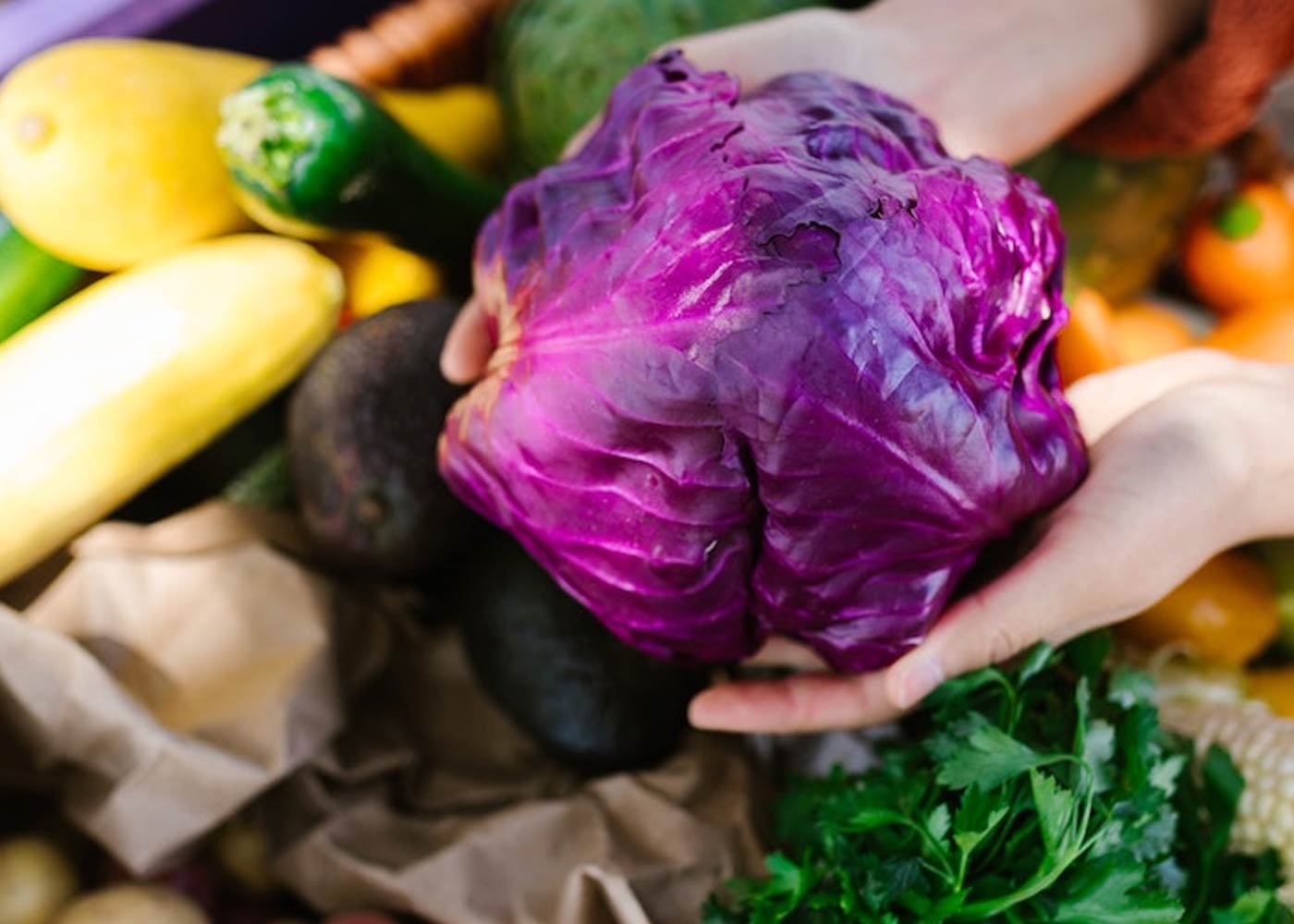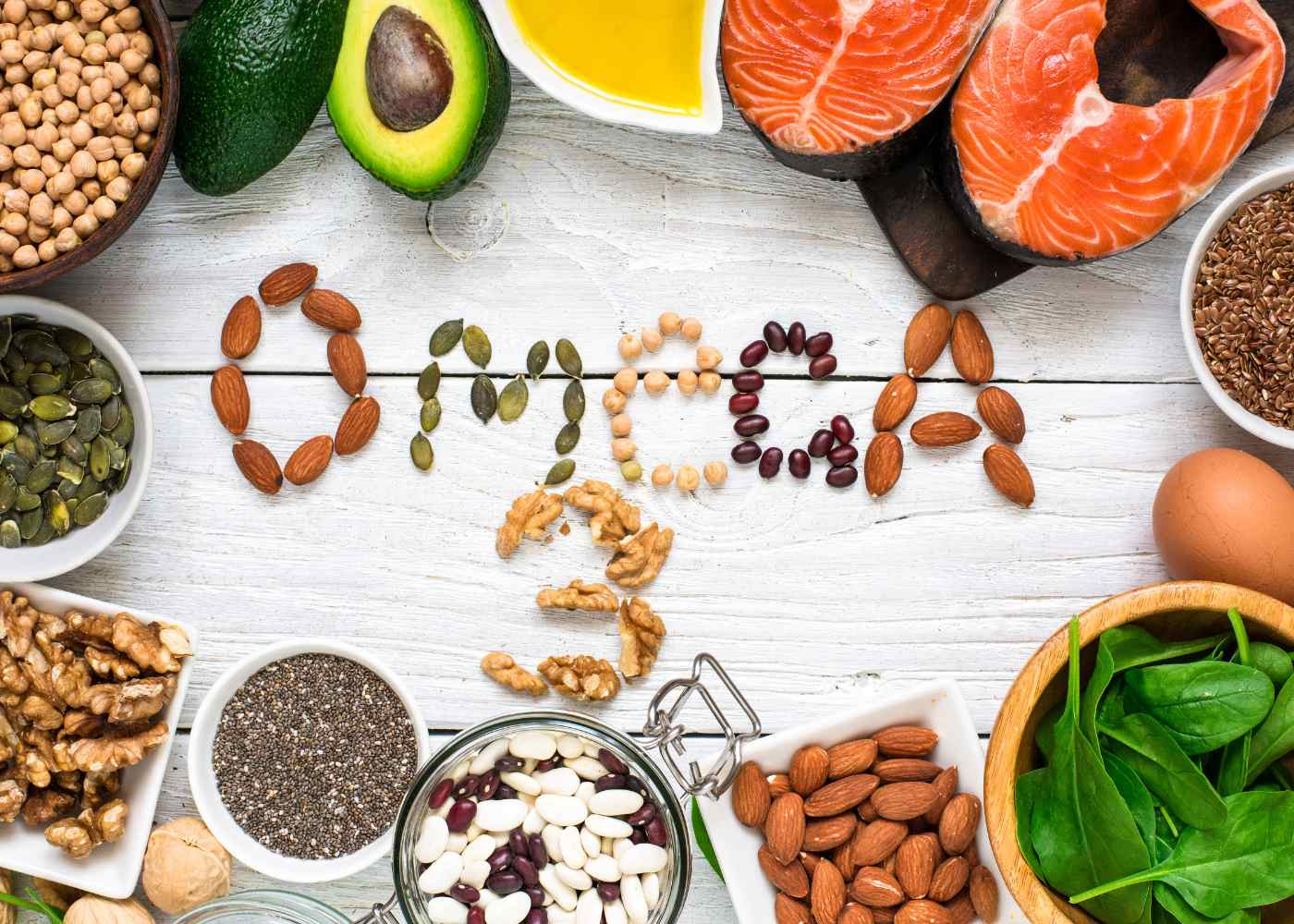
Do you ever feel tired, weak, or experience muscle pain for no apparent reason? Are you struggling to maintain strong bones and teeth? If so, you might be deficient in vitamin D. While this essential nutrient can be found in some foods, many people don't consume enough of them to meet their daily requirements. Fortunately, there are plenty of delicious and easy-to-find foods that are high in vitamin D, making it possible to fight nutrient deficiencies one bite at a time.
Understanding Vitamin D Deficiency
Vitamin D is a fat-soluble nutrient that is essential for strong bones, teeth, and overall health. It helps your body absorb calcium and phosphorus, which are necessary for bone growth and repair. Additionally, vitamin D plays a role in the regulation of the immune system and may even help prevent certain types of cancer. Unfortunately, many people don't get enough of this nutrient, which can lead to a range of health problems.
Vitamin D deficiency is most commonly caused by a lack of exposure to sunlight. This is because your skin produces Vitamin D when it is exposed to ultraviolet B (UVB) rays from the sun. However, factors such as age, skin color, and geographic location can affect how much vitamin D your skin produces. Additionally, some people may not be able to spend enough time in the sun due to their lifestyle or work schedule.

Foods High in Vitamin D
If you're not getting enough Vitamin D from sunlight, the good news is that there are plenty of foods that are high in this essential nutrient. Here are some of the best options:
Fatty Fish
Fatty fish such as salmon, trout, and tuna are some of the best sources of Vitamin D. A 3.5-ounce serving of cooked salmon contains approximately 447 IU of vitamin D, which is more than the daily recommended intake for most adults. Additionally, fatty fish are rich in omega-3 fatty acids, which have been shown to have a range of health benefits.
Mushrooms
While mushrooms are not a traditional source of Vitamin D, some varieties are exposed to UV light during growth, which increases their Vitamin D content. In fact, a 3.5-ounce serving of raw white mushrooms can provide up to 100% of your daily recommended intake of vitamin D.
Egg yolks
Egg yolks are another great source of vitamin D. A single large egg yolk contains approximately 37 IU of Vitamin D, which may not seem like much but can add up quickly when you consume several eggs per day. Additionally, egg yolks are rich in healthy fats, protein, and other nutrients.
Fortified Foods
Many foods are fortified with vitamin D to help people meet their daily requirements. These include dairy products, orange juice, and breakfast cereals. However, it's important to check the labels of fortified foods to ensure that they contain enough vitamin D to make a significant impact.

Incorporating Vitamin D-Rich Foods into Your Diet
Now that you know which foods are high in vitamin D, it's time to start incorporating them into your diet. Here are some tips to help you get started:
Plan your meals in advance
Planning your meals in advance can help you ensure that you're consuming enough vitamin D on a daily basis. Make a list of foods that are high in this nutrient and try to incorporate them into your meals as much as possible.
Snack on Vitamin D-rich foods
Snacking on foods that are high in vitamin D is a great way to ensure that you're meeting your daily requirements. Keep some hard-boiled eggs, canned salmon, or mushroom
Add Vitamin D-rich ingredients to your favorite recipes
You can also boost the vitamin D content of your favorite recipes by adding vitamin D-rich ingredients. For example, try adding canned salmon to your pasta dishes or sprinkling mushrooms on top of your salads.
Get creative with your cooking
Cooking can be a fun and creative way to incorporate more vitamin D into your diet. Try new recipes and experiment with different ingredients to find new and exciting ways to enjoy vitamin D-rich foods.

Enjoy the sunshine
While it's important to get Vitamin D from food, don't forget to also get some sunshine. Spend time outdoors and soak up some sun to help your body produce Vitamin D naturally. Just make sure to protect your skin from UV damage by wearing sunscreen and covering up with hats and clothing.
FAQs
How much vitamin D do I need each day?
The recommended daily intake of vitamin D varies depending on your age, sex, and other factors. However, most adults need at least 600 to 800 IU per day.
Can I get enough vitamin D from food alone?
While it's possible to get enough vitamin D from food, it can be challenging for some people. Spending time in the sun is also important for getting enough vitamin D.

What are some symptoms of vitamin D deficiency?
Symptoms of vitamin D deficiency include tiredness, weakness, muscle pain, and bone pain.
Can vitamin D supplements help me meet my daily requirements?
Yes, Vitamin D supplements can be a good option for people who are not able to get enough of this nutrient from food or sunlight. However, it's important to talk to your healthcare provider before taking any supplements.
How can I know if I have a vitamin D deficiency?
The only way to know for sure if you have a vitamin D deficiency is to get a blood test. If you're concerned about your vitamin D levels, talk to your healthcare provider.
Conclusion
Vitamin D is an essential nutrient that plays a crucial role in maintaining strong bones, teeth, and overall health. While getting enough vitamin D can be a challenge, there are plenty of delicious and easy-to-find foods that are high in this nutrient. By incorporating more vitamin D-rich foods into your diet and spending time in the sun, you can fight nutrient deficiencies one bite at a time.



















